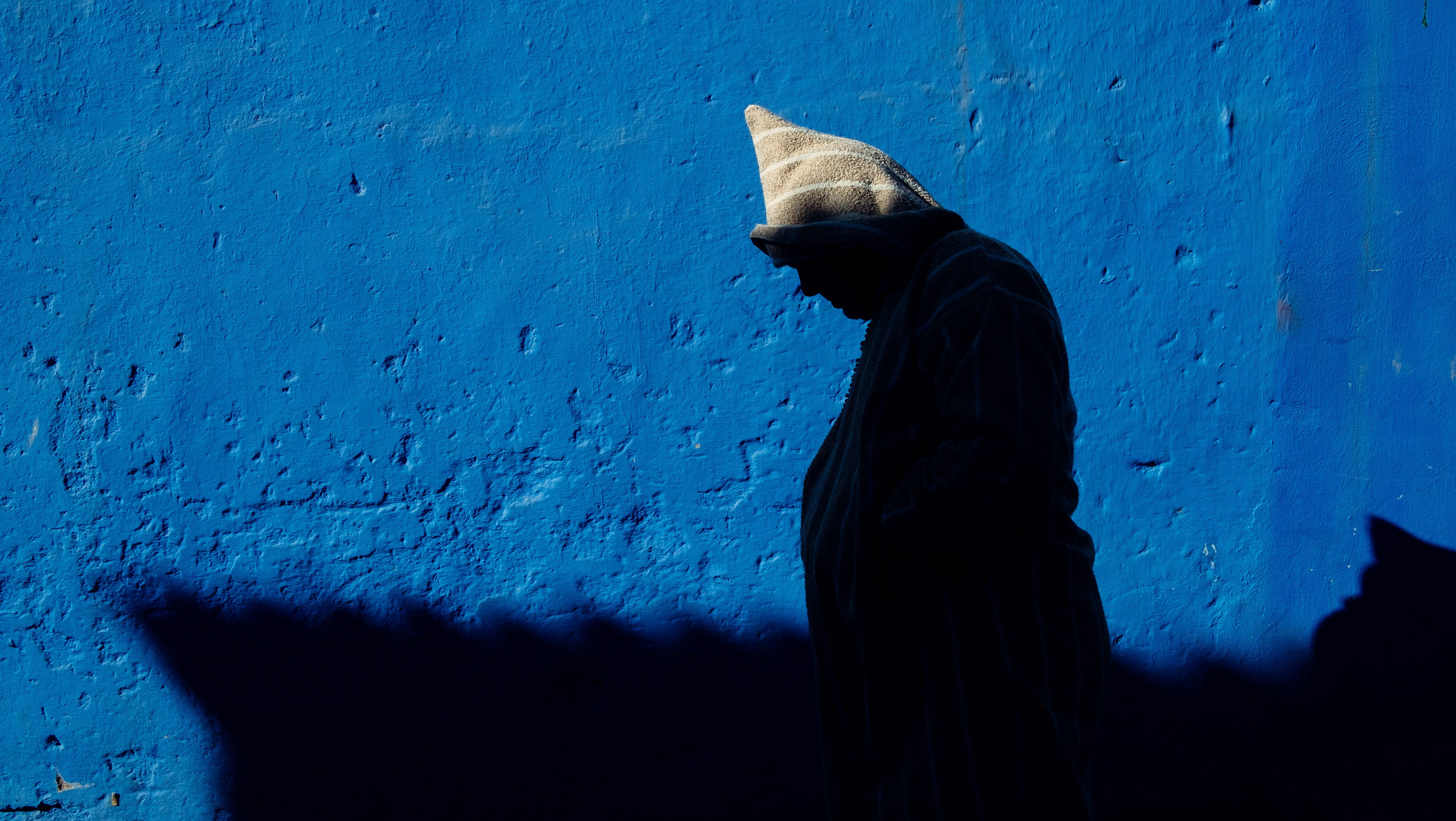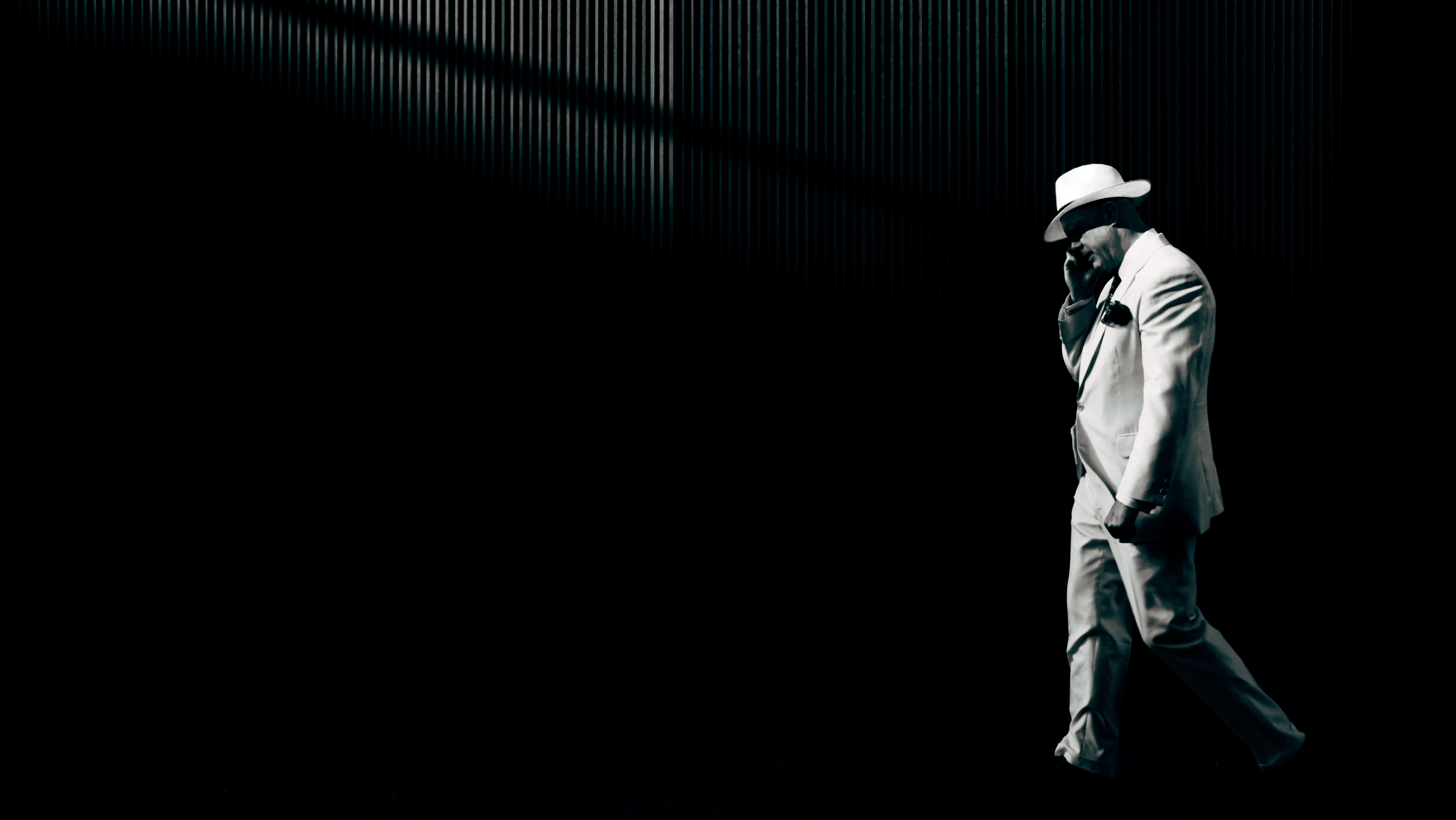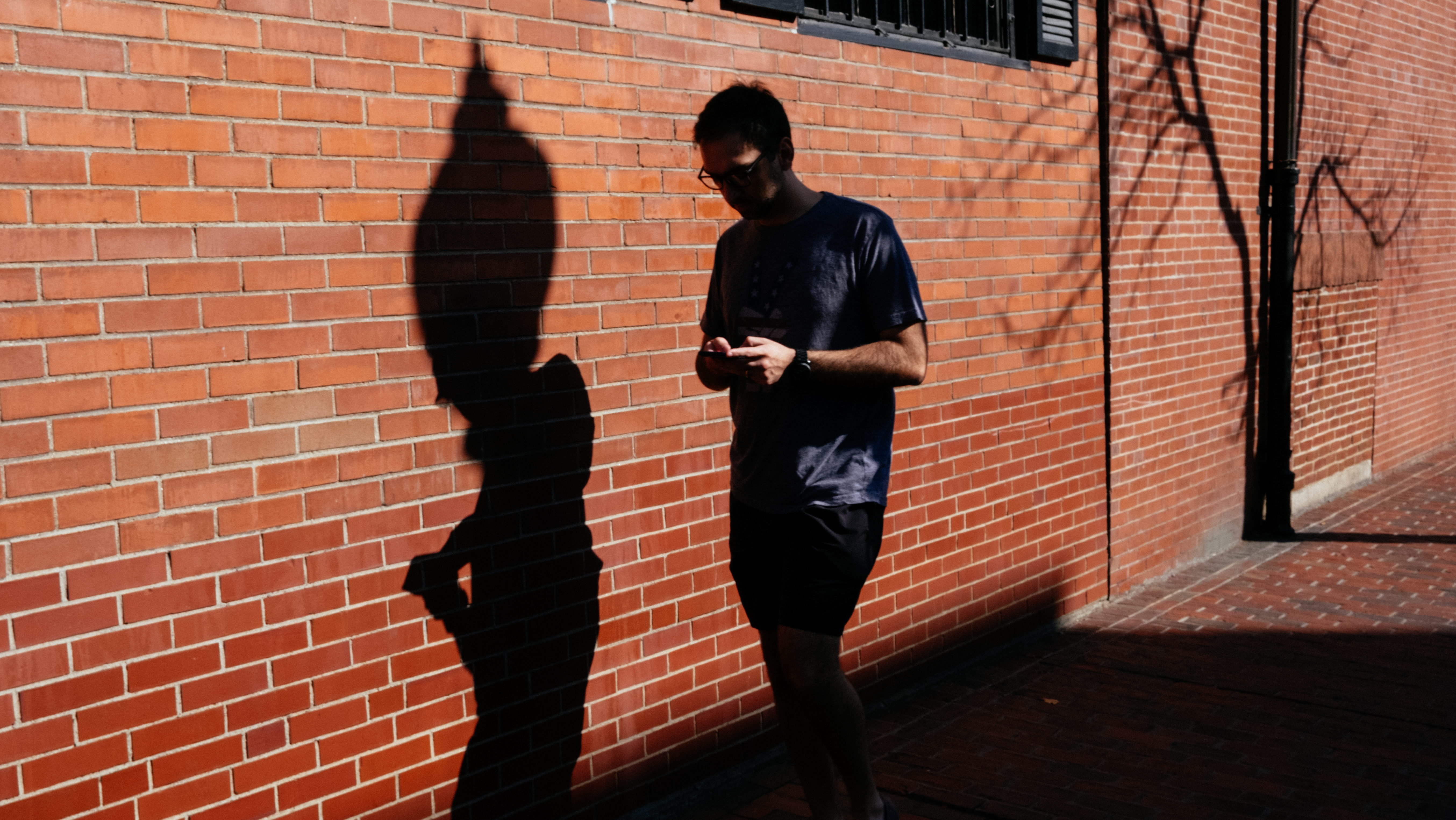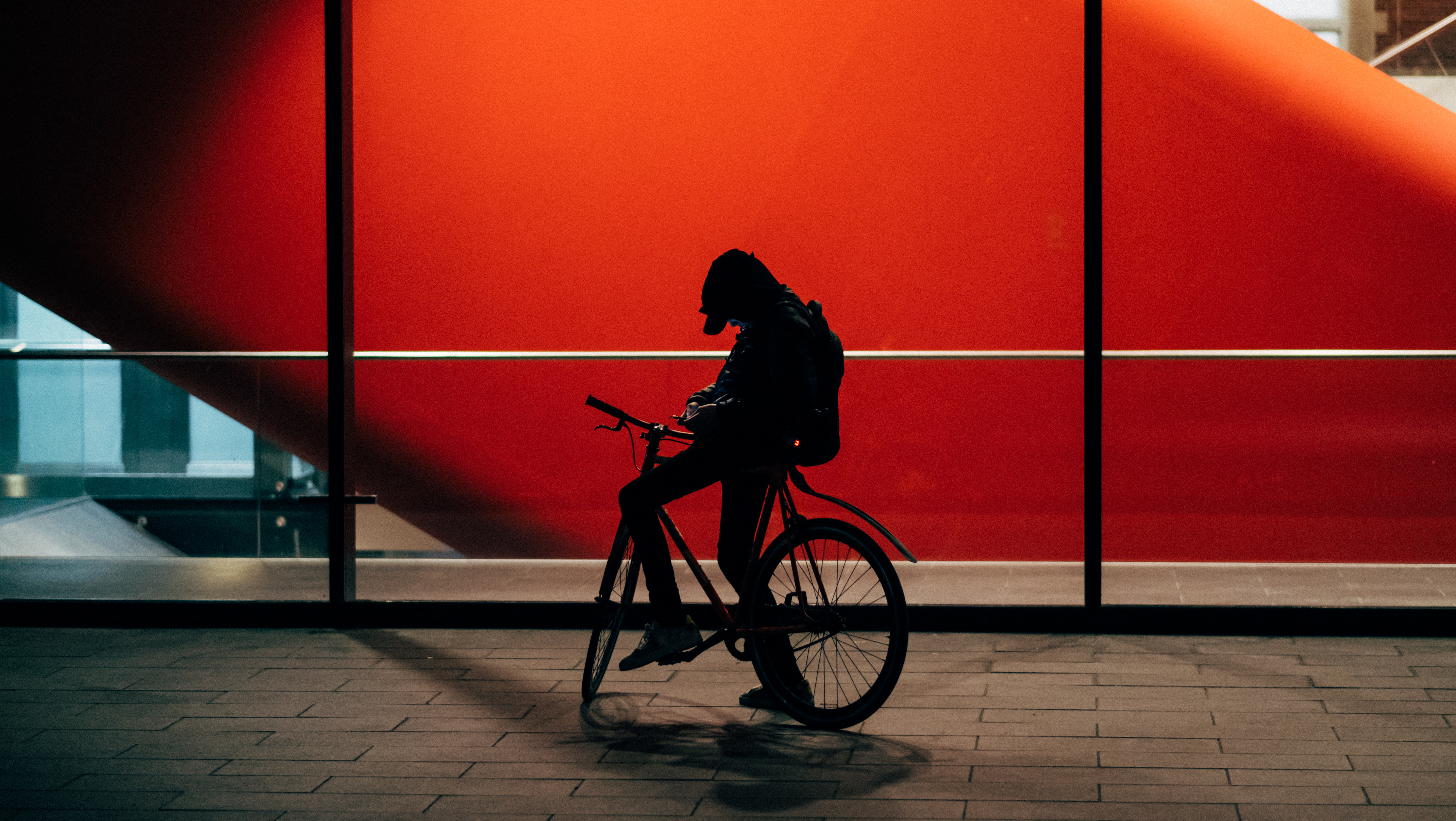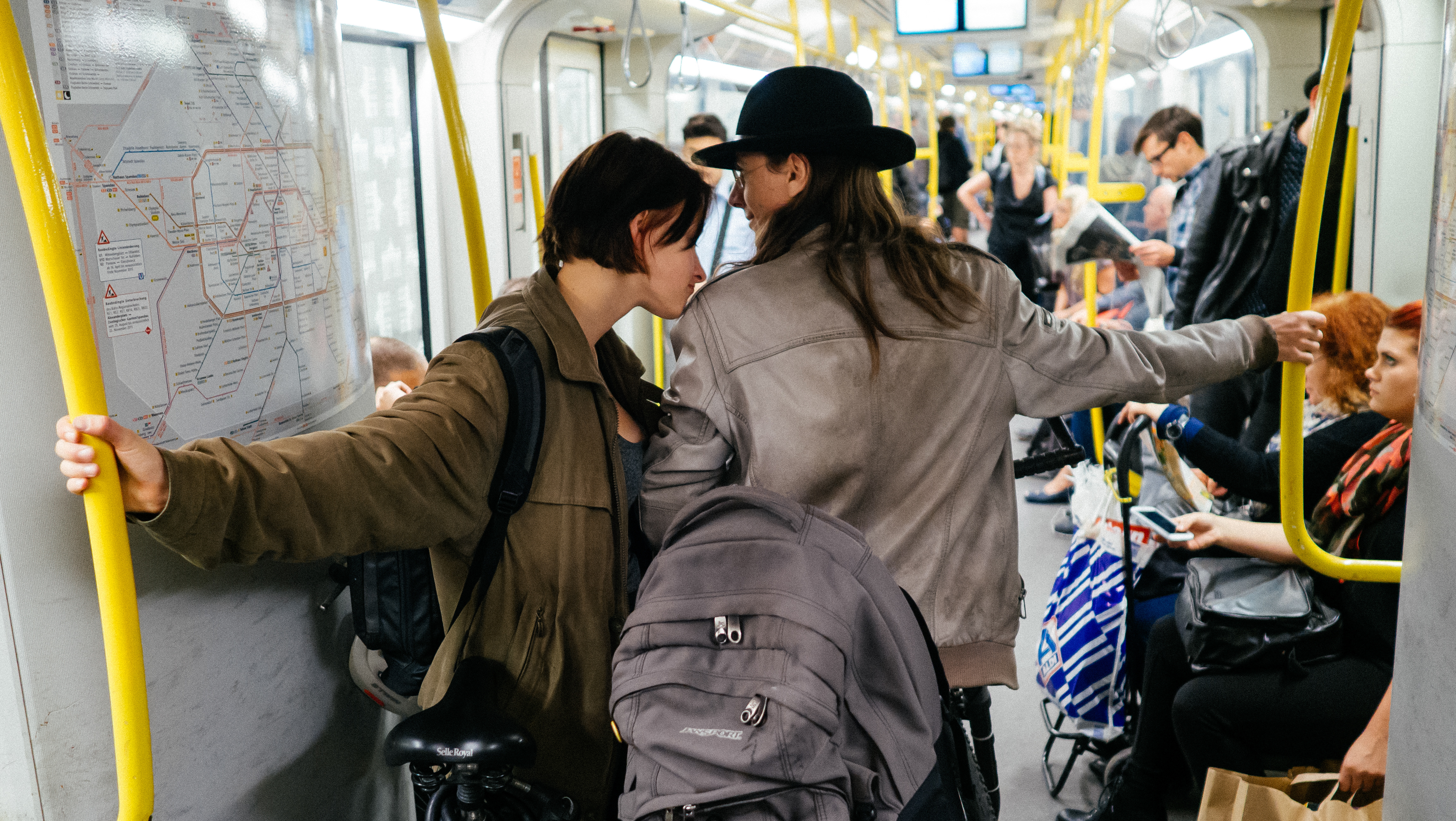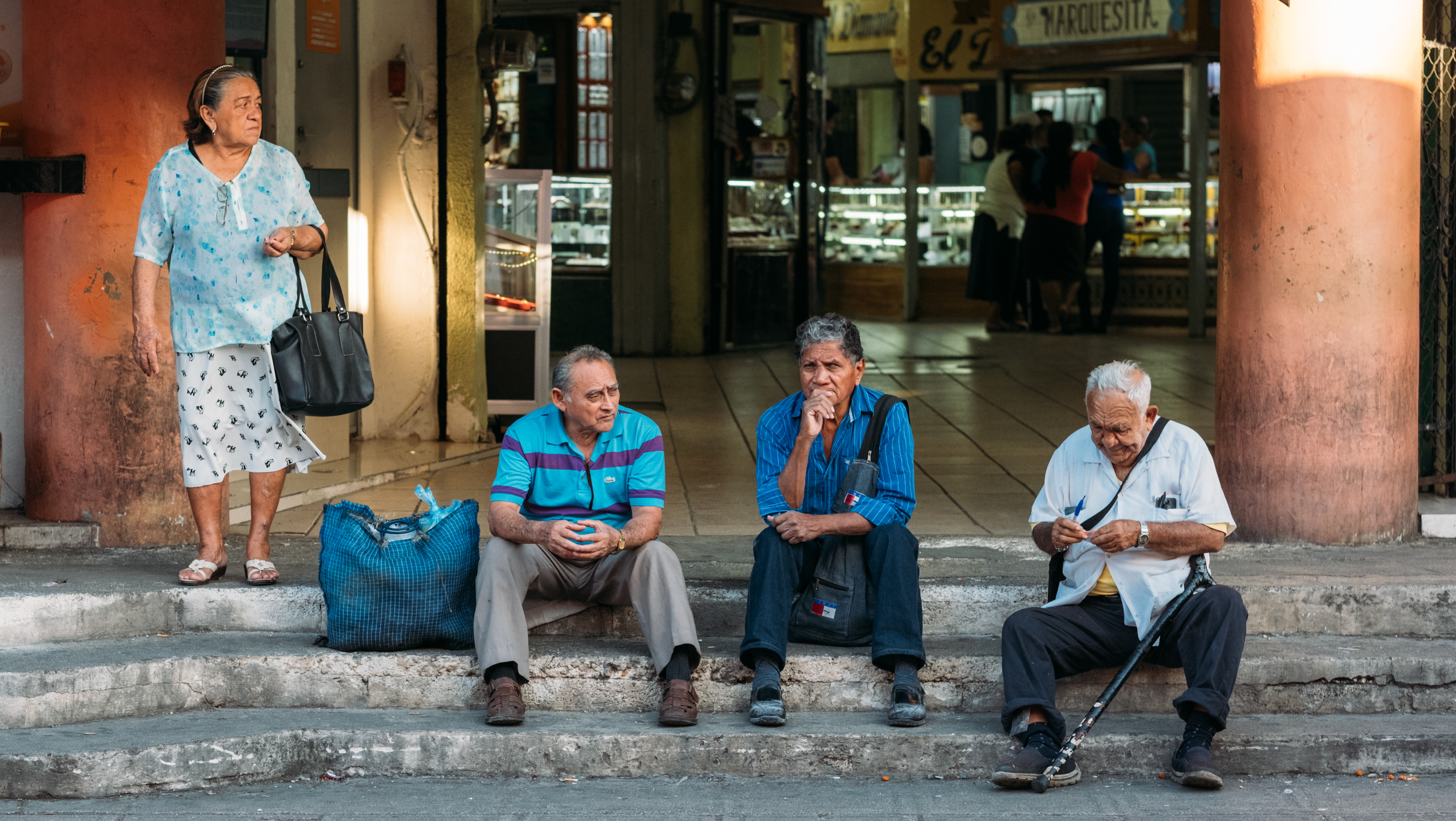In the bustling symphony of urban life, every face tells a story. As street photographers, we're the silent listeners, the keen observers who capture these unspoken narratives in a single frame. But what exactly are we seeing when we look at a stranger's face? How can we decode the subtle nuances of human expression to create powerful, emotive street portraits?
The Art of Reading Faces
The human face is an intricate canvas of emotion, painted with the brushstrokes of life experiences. Psychologists have identified seven universal facial expressions: happiness, sadness, anger, fear, surprise, disgust, and contempt. These form the basic vocabulary of our secret language.
But the true magic lies in the microexpressions - those fleeting, involuntary facial movements that last for a fraction of a second. These are the whispers of the soul, often contradicting the more controlled, socially acceptable expressions we present to the world.
As street photographers, our challenge is to capture these ephemeral moments, freezing them in time for others to study and interpret.
The Eyes Have It
"The eyes are the windows to the soul," goes the adage, and in street portraiture, this couldn't be more true. The direction of a person's gaze can speak volumes:
1) Direct eye contact: Often signifies confidence, engagement, or challenge.
2) Averted eyes: May indicate shyness, submission, or distraction.
3) Upward gaze: This could suggest hope, aspiration, or religious devotion.
4) Downcast eyes: Might convey sadness, shame, or deep thought.
Pay attention to pupil dilation, too. Enlarged pupils can indicate interest, attraction, or heightened emotional state.
The Power of Context
A face doesn't exist in isolation. The surrounding environment, the person's body language, and even the presence of other people in the frame all contribute to the story. A smile in a crowd might convey joy, but that same smile on an empty street could hint at a private moment of triumph or a bittersweet memory.
Consider the juxtaposition of facial expressions with environmental elements. A furrowed brow against a backdrop of cheerful graffiti creates an intriguing contrast. A serene face amidst urban chaos tells a story of inner peace.
Technical Considerations
Capturing the secret language of strangers requires more than just an understanding of human psychology. Technical proficiency is crucial:
1) Lens choice: A 50mm or 85mm lens is often ideal for street portraits, offering a natural perspective without distortion.
2) Aperture: A wide aperture (f/1.8 - f/2.8) can create a shallow depth of field, isolating your subject from the background.
3) Shutter speed: Aim for at least 1/125s to freeze facial expressions without motion blur.
4) Don't hesitate to increase your camera's ISO in low light. A grainy image is better than a blurry one.
The Ethics of Street Portraiture
As we delve into the secret language of strangers, we must also grapple with the ethics of our craft. Is it right to photograph people without their knowledge or consent? There's no universal answer, but here are some guidelines:
Respect privacy: If someone doesn't want to be photographed, honor that.
Be prepared to engage: If confronted, be ready to explain your art and offer to share the photo.
Consider the impact: Think about how your photo might affect the subject if published.
Post-Processing: Enhancing the Story
In the digital darkroom, we have the opportunity to further emphasize the story we've captured. But tread carefully - over-processing can destroy the authenticity that makes street portraits so powerful.
Consider these subtle adjustments:
Contrast: Boosting contrast can enhance facial features and expressions.
Dodging and burning: Selectively lightening or darkening areas can draw attention to key elements.
Color vs. Black and White: Sometimes, stripping away color allows the raw emotion to shine through.
The Goal: Empathy and Connection
Ultimately, the secret language of strangers isn't secret at all. It's a universal dialect of human experience, one that transcends cultural and linguistic barriers. As street photographers, our role is to act as translators, helping viewers connect with the shared emotions and experiences of strangers.
When you raise your camera to capture a street portrait, remember: you're not just taking a photo. You're preserving a moment of the human story, decoding the silent language of the streets for all to understand.
